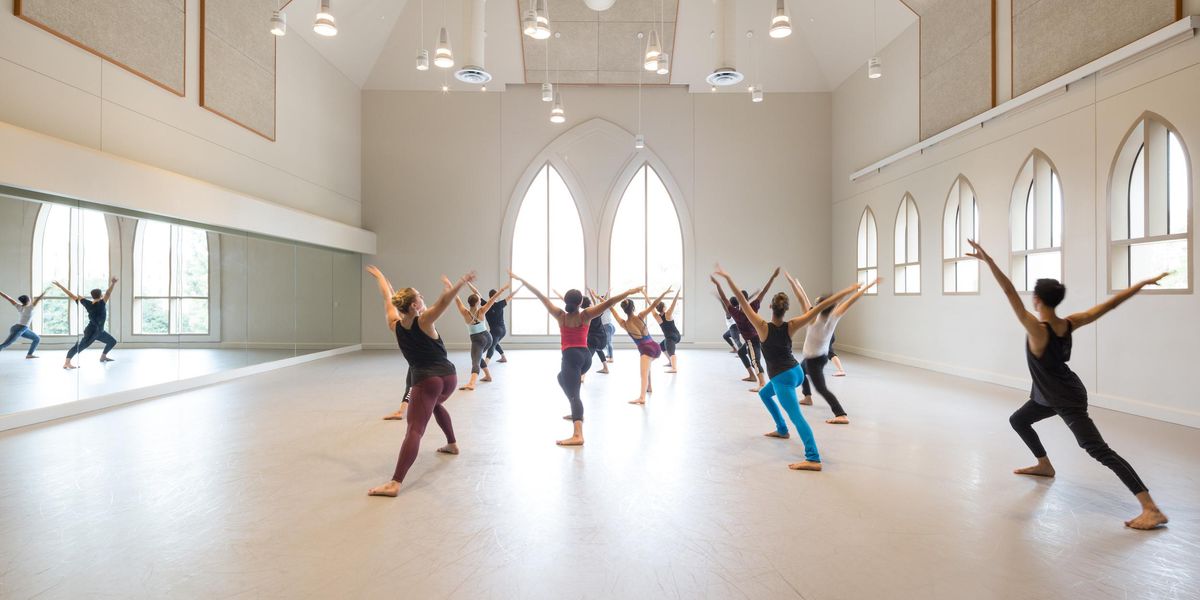10 Minutes with Guillaume Côté
The rising choreographer premieres his first evening-length work.
Guillaume Côté built his international reputation as an impassioned dancer, noted for intense dramatic portrayals. Now, the National Ballet of Canada principal dancer and choreographic associate is quickly emerging as one of his homeland’s most interesting dancemakers, with classical technique that is often bold, angular and hyper-articulate. His first evening-length work, an adaptation of Antoine de Saint-Exupéry’s Le Petit Prince, opens June 4 at NBoC.
Côté working on Le Petit Prince with his NBoC colleagues. Photo Courtesy NBoC.
Why The Little Prince?
In French-speaking Quebec, where I grew up,
Le Petit Prince is a very popular children’s story. I played the prince in a ballet school production when I was maybe 8. Then the book slipped my mind for a while.
But obviously it returned.
Yes, when
I became interested in French philosophy and realized Le Petit Prince is a wonderful philosophical book disguised as a very accessible children’s tale.
And it’s been adapted every which way.
Including some dance versions I’ve seen that didn’t completely work for me. I knew it would be a tough story to tell but I wanted that challenge.
How did you approach making a ballet out of it?
I began working on ideas at least four years ago. Karen Kain agreed to free up some time for me to workshop some of them. I knew I wanted experienced collaborators. I’ve been fortunate to have the input of Adam Gopnik, a staff writer at
The New Yorker and an expert on The Little Prince. He explained its meaning and what the characters represent. And our designer, Michael Levine, has so much experience not just in designing sets, but in overall staging concepts.
What about the music?
I wanted an original orchestral score and approached Kevin Lau, a Canadian composer I admire. I’ve studied music and even composed some, so I had pretty clear ideas and wanted someone who would be flexible. I have wonderful collaborators with whom I can discuss what will work and maybe not work.
For example?
Well, there are animal characters in the book, but we decided against putting dancers in animal costumes. These characters represent people Saint-Exupéry encountered in his life, so we’re going in a more realistic direction. Broadly, we’ve taken a literal approach, but with some liberties, too. Overall, we’re trying to offer a psychological representation of what the book means.
How are you balancing being a dancer and a choreographer?
Well, it’s tough. I have a lot of dancing left in me. At the same time I believe being a choreographer is very much a full-time job. I’m careful not to take on more projects than I can handle. And being a dancer, I can go into a studio on my own and work on ideas when I have time. As it happened, I’ve had more time to focus on this project than I expected. I had a serious knee injury in December 2014, followed by surgery. It kept me off the stage for almost a year. But I’m back now and still want to keep dancing.




